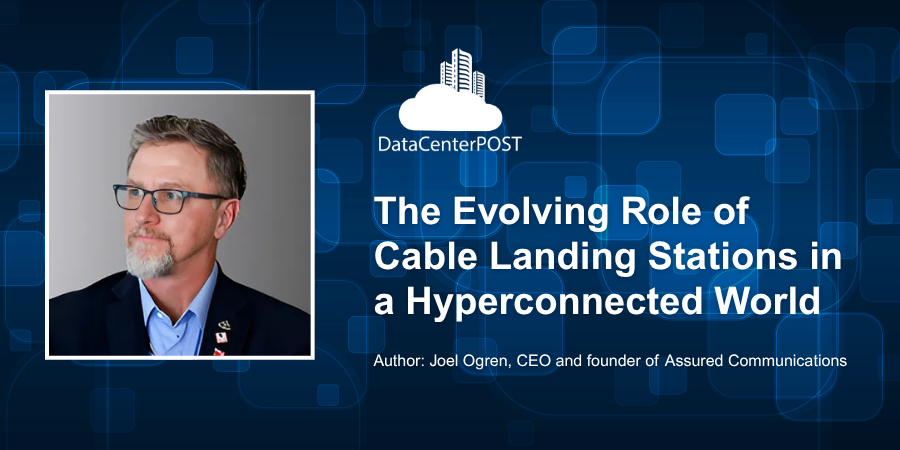Originally posted by Data Center Dynamics.
For decades, cable landing stations (CLS) served as essential yet straightforward gateways, connecting undersea fiber-optic cables to terrestrial networks. Their primary function was to receive signals from submarine cables, convert them, and relay data inland.
This model is now evolving. With the surge in global data traffic, expansion of cloud services, and the increasing demand for low-latency connectivity driven by AI, CLS are being redefined. Instead of merely acting as interconnection points, they are becoming foundational to an integrated global network infrastructure, enabling the seamless exchange of data across subsea and terrestrial environments. Their expanded role supports the rise of high-performance computing, multi-cloud architectures, and mission-critical applications that require rapid, reliable connectivity.
The strategic importance of CLS location
The placement of CLS has always been a critical decision, but the considerations driving site selection are changing. Historically, these stations were built where undersea cables naturally landed, often near major population centers. While proximity to urban hubs still plays a role, additional factors are now influencing where CLS are developed.
One major shift is the need for greater energy availability. The rapid expansion of AI and high-performance computing (HPC) is putting pressure on power grids, making energy a defining factor in choosing CLS locations. Traditional data center hubs are experiencing power constraints, leading operators to explore alternative sites with more reliable electricity supplies.
Another factor is redundancy and resilience. Network operators seek locations with multiple backhaul options, ideally with three or more fiber providers to ensure failover capacity. However, in some regions, this level of redundancy remains difficult to achieve. To address this, new CLS hubs are being developed outside of legacy markets. Strategic expansions into locations like Myrtle Beach and Virginia Beach are unlocking additional connectivity corridors, providing enterprises and hyperscalers with diverse and resilient routing options.
Additionally, geopolitical considerations and regulatory oversight are playing a growing role in CLS site selection. Governments are imposing stricter scrutiny on subsea cable projects, particularly those with international ownership. National security concerns, data sovereignty regulations, and environmental assessments are all extending project timelines, making it critical for developers to plan far in advance.
To continue reading, please click here.


